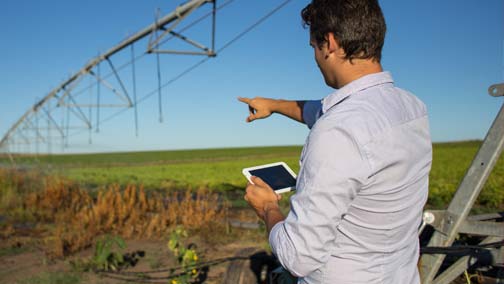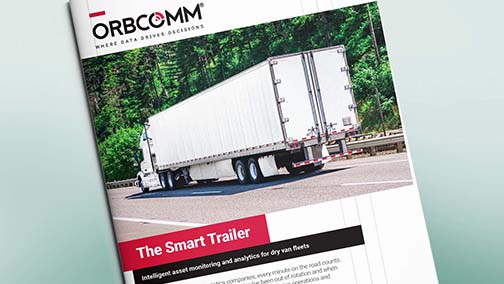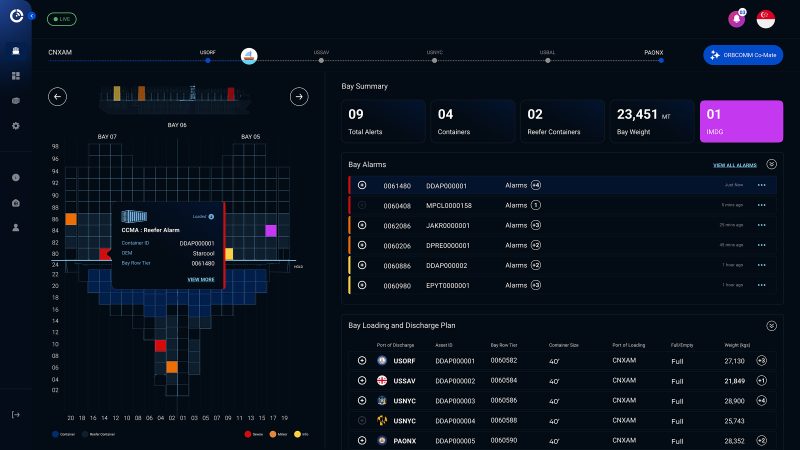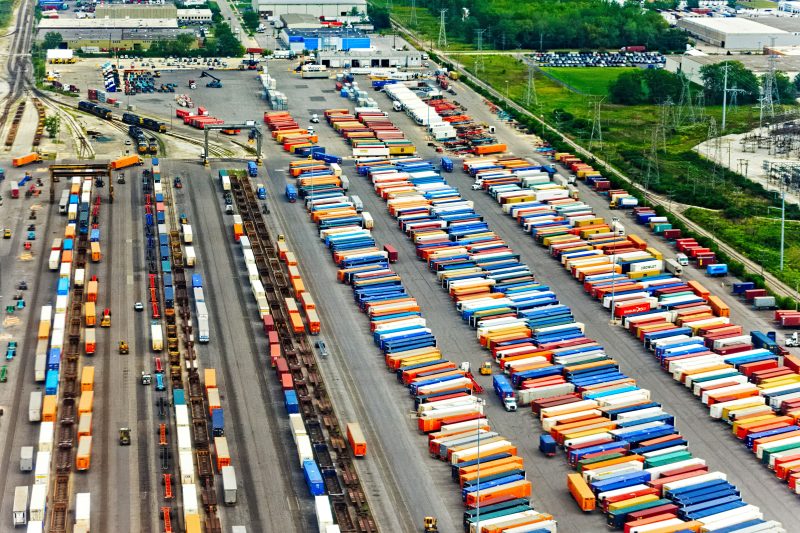
5 Fuel Efficient Driving Techniques to Save Truck Fleets Money
- Blog
- Transportation
- 5 Fuel Efficient Driving Techniques to Save Truck Fleets Money
- Feb 15, 2022
- Cody Lirette
Fuel efficient driving techniques can save truck fleets thousands of dollars per year, but perhaps more importantly, they can also positively impact driver safety scores, increasing road safety for all users. For example, slowing down is just a single driving behavior that reduces fuel consumption and increases safety. Telematics enable driver safety scoring, helping managers improve fleet safety.
While it’s impossible to control external factors like fuel prices or other road users, drivers are one constant that have a direct impact on fleet safety and fuel savings. Fleet managers who help drivers change their behavior can have a powerful, long-term impact on monthly fuel-spend as well as improving Compliance, Safety and Accountability (CSA) scores.
While nearly every action in the cab impacts fleet safety, not all actions create the same results. Speeding, the use of harsh braking and over-revving all have a significant impact on fleet safety as well as impacting fuel economy. Minor changes to these habits can result in a positive boost to safety scores.
As fleets increasingly implement programs to thank drivers for their economic driving abilities. Here are some of our simple tips for safer, more fuel-efficient driving.
Download our full e-book on Fuel Economy: Smarter Steps to Getting Drivers Onboard.
1. Avoid Fast Acceleration
Commonly known as ‘lead-foot’ syndrome, fast acceleration is when a driver uses more force than usual when accelerating. At a basic level, this kind of driving adds stress to the engine, consuming more fuel. At its worst, fast acceleration can point to unsafe driving behavior that can lead to accidents, causing injury or even death.
Fleet managers can utilize telematics systems to monitor a driver’s use of the fuel pedal and deliver feedback in a bid to change this type of behavior.
Rewarding smoother acceleration can go towards creating better driver behavior and a safer driving environment. Drivers looking to steady the movements of their vehicles should avoid fast take-offs, start in a lower gear with gentle movements before shifting to higher gears when the vehicle is moving faster and always aim to accelerate slowly using progressive shifting techniques to cut excess fuel burn through the engine. Although the acceleration is slower, fuel efficiency and safety improves.
2. Cut Speeding
We are constantly reminded of the dangers of speeding, but it bears repeating. The National Highway Traffic Safety Administration, (The NHTSA) says that speeding-related crashes cost the economy over $40 billion annually. While this message is consistently shared and agreed upon, speeding is still one of the most common causes of crashes on North American roads. “Speeding of any kind was the most frequent driver-related factor” in crashes, according to the research group.
Driving within the speed limit helps avoid the dangers of speed in addition to saving fuel. Telematics data can help fleet owners increase driver and public safety by reporting on speeding activity.
3. Encourage Cruise Control
The appropriate use of cruise control has the potential to dramatically increase fuel efficiency and impacts the safety of road users.
While cruise control reduces fuel consumption by adjusting vehicle speed and engine torque, it can help to maintain a safe, steady speed and reduces stress on the engine.
Utilizing cruise control, especially on longer journeys, helps the driver keep the vehicle at an efficient and safe speed. Driver managers can look to telematics to derive the data needed to encourage the use of cruise control to address fuel consumption and safety.
4. Stop Harsh Braking
There are times when harsh braking is unavoidable, such as when it is used to prevent an accident. However, like with fast acceleration, the usage of harsh braking can point to unsafe driving habits that could eventually lead to an accident. Harsh braking can also cause the load to shift, causing a higher possible risk to road users.
At the same time, reports indicate harsh braking uses more fuel and increases in the number of gear changes you have to make. Drivers who implement a smooth driving style and keep harsh braking instances to a minimum will gradually add to monthly fuel savings.
5. Prepare For Traffic
Professional truck drivers are well aware of their surroundings, but it’s easy for attention to wander. Anticipating when to speed up or slow down helps give the most fuel-economic approach to driving and allows better reaction times to the traffic.
Anticipation is displaying a greater awareness of what is happening on the road around the driver. It involves keeping a close eye on vehicles in front of the tractor-trailer and adjusting speeds to compensate as they speed up or slow down. Putting a focus on increasing anticipation while moving keeps drivers safer and enables early selection of gear and speed appropriate for the situation and results in a more environmentally friendly operation.
These steps are the beginning for conscientious fleet managers who want to encourage their drivers to behave more safely and achieve better fuel economy.
A good incentive for drivers to change their behavior is a rewards program. Fleets can use rewards to address and change driver habits for the better. These can include monetary bonuses, listed recognition, gift cards or team events.
As fuel prices continue to be unpredictable, it is wise for fleet managers to take control of the constants. Implementing small changes can create a big impact to fuel economy across your fleet as well as pointing drivers to safer behaviors.
Download our full e-book on Fuel Economy: Smarter Steps to Getting Drivers Onboard.

Cody Lirette is Senior Content Marketing Manager at ORBCOMM. With over a decade of marketing and communications experience for both the public and private sector, he uses his passion for innovative technology and plain language to build compelling content that inspires action.
















